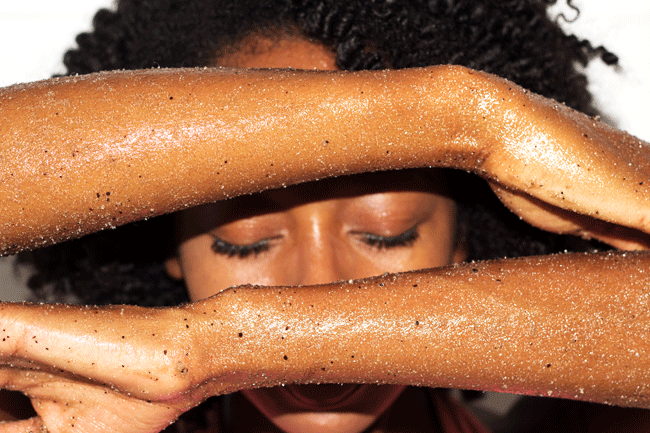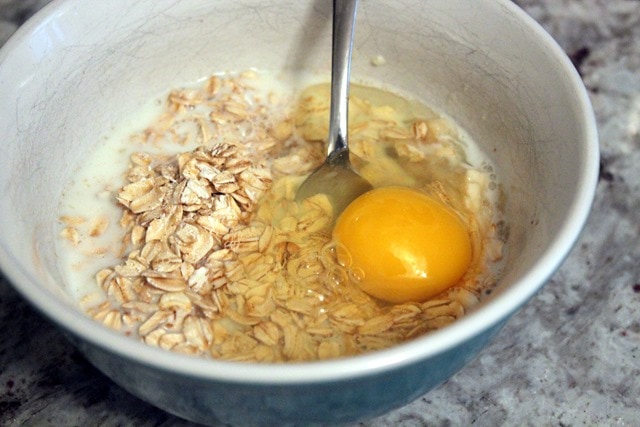Juicing equals Wellness
With new juice bars popping up around the country, and many people stocking their kitchens with a home juicer, there's no doubt juicing is the latest health craze. Fresh-squeezed and freshly bottled juices have become a popular way to get the health benefits of fruits and vegetables and are also favored by dieters looking to "cleanse" their way to weight loss. But do juicing’s health claims hold up?
Proponents of juicing claim that juicing is a good way to get a bounty of fruits and vegetables and that it's easier to absorb nutrients from juice than whole foods. That’s only partly true. While you can, literally, squeeze out many of the vitamins, minerals and phytochemicals found in fruits and vegetables by juicing them (and thereby get a lot of those nutrients), you also lose the fiber — a component of fruits and vegetables (and other whole plant foods) that adds to satiety and helps improve heart and digestive health.
Since you have to use a far larger quantity of fruits and vegetables to make a glass of juice than you typically would eat in a sitting, you will get higher doses of micronutrients and phytochemicals, but you’ll also get more sugar and calories, without the fiber that helps to slow the absorption of that sugar. You can minimize the amount of sugar you get by drinking primarily vegetable juice — kale, cucumber and celery are low-sugar vegetables that are delicious options for juicing — or sticking to a 4-ounce serving of fruit juice (that’s the amount equivalent to a serving of whole fruit). Below you will find tried and true juice concoctions and their benefits.

Anti-Inflammatory Pineapple Juice
We now know that most diseases today are due to inflammation. Inflammation damages your cells and arterial walls and can cause all kinds of problems including chronic inflammatory conditions like cardiovascular diseases and arthritis. By reducing inflammation, your body is better able to heal from disease. One of the top ways to decrease inflammation is to consume plenty of anti-inflammatory foods.

- Ingredients:
- 4 celery stalks
- 1 cup pineapple
- ½ green apple
- 1 cup spinach
- 1 lemon
- 1 knob ginger
- ½ cucumber
- Directions: Add all ingredients to vegetable juicer. Gently stir juice and consume immediately.
- Carrot Juice makes Strong Eyes
- Carrots are one of the most resourceful and popular vegetables and are among the most important cultivated plants in the world.They are not only sweet, fresh and delicious, but have a very wide array of health benefits as well. Adding a cup of carrot juice to your daily regimen can help improve your eyesight, skin, your blood sugar levels, the health of your blood as well as help boost your brain function and your immune system.Carrot juice also helps relieve congestion or inflammation and flushes your kidneys. It is also known to be a great natural remedy against leukemia, and for lowering the risk of heart disease, cancer, and other serious diseases.Drinking a single glass of carrot juice a day can literally keep the doctor away.
Ingredients:
- 3 large carrots
- Half an inch of peeled ginger root
- 2 peeled granny smith apples
- 2 passion fruits with the seeds scooped out
- Directions:
- Wash and prep ingredients, add to a vegetable juicer and enjoy!
Beet Juice for Wellness
Known for decades as a liver-protective food, beets may not be the newest kid on the super food block, but mounting research is showing why you should take another good look at this root vegetable in juiced form. Beetroot juice is one of the richest dietary sources of antioxidants and naturally occurring nitrates. Nitrates are compounds which improve blood flow throughout the body – including the brain, heart, and muscles. Beetroot juice may also be an important ally to lower blood pressure. Whether the yellow or red kind of beets, the juice provides excellent blood pressure-lowering ability.
Ingredients: Directions:
1 large beet Wash and prep vegetables, add to a
1 large crisp apple juicer, and enjoy!
2-3 carrots
½ cup fresh basil leaves
1 ½ cups of water




